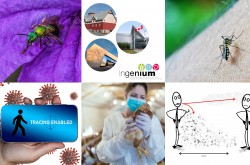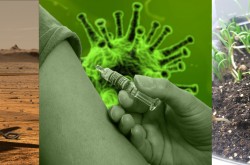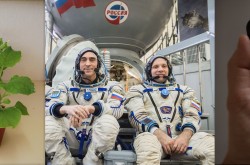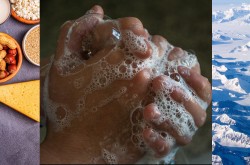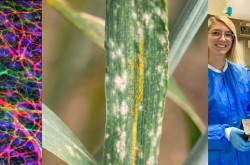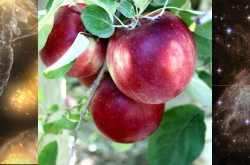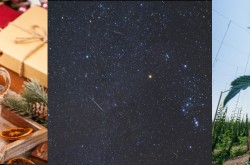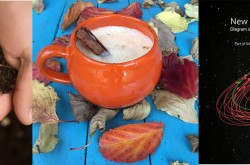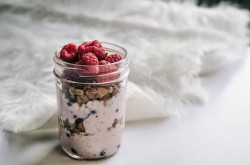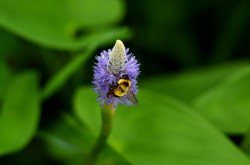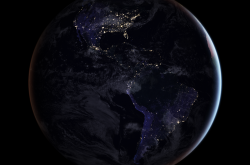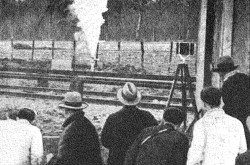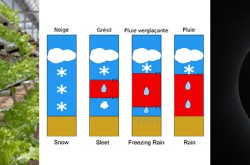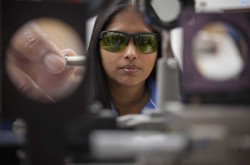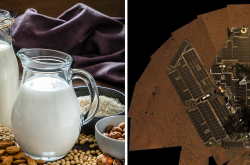Planets like 'Tatooine' Could Still Be Habitable
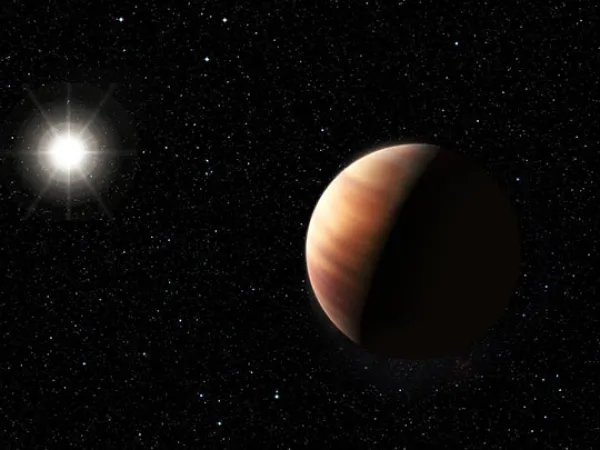
The first exosolar planet (a planet orbiting a star other than the Sun) was discovered in 1995, and since then humans have found over 3600 planets outside of our solar system. Some of those found are orbiting not one star like we do, but two stars. For example, stars Kepler-35A and 35B orbit each other, but a planet Kepler-35b, orbits both of them. This is much more like the fantasy word Tatooine in the space epic Star Wars than our own planet Earth. In A New Hope, we see young Luke Skywalker watching two stars set on the horizon from his home on Tatooine. Scientists from Germany and California wondered if such system would actually be habitable. Using a model for the planet's atmosphere, they determined that at the right distance, a planet could harbour life around a double star system. That means, in our search for life, we shouldn't discount planets like Tatooine!




